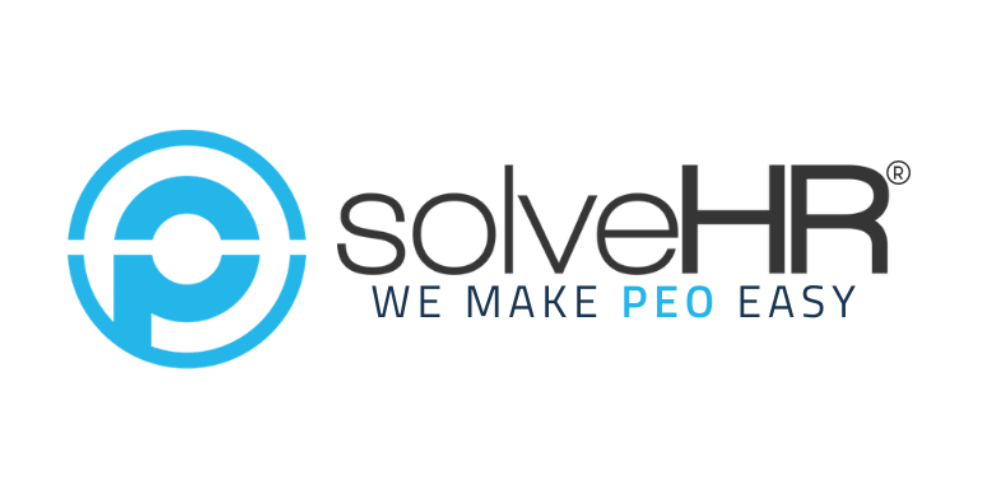ERISA Compliance: Understanding Employer Responsibilities with Benefit Plans
- 06/04/2025
- Posted by: Matt Muriel
- Category: Uncategorized

With summer approaching, many businesses consider hiring interns to bring fresh perspectives and additional support during the busy months. Internships provide valuable real-world experience to students and recent graduates, while also offering companies the opportunity to evaluate potential future employees. However, businesses must carefully navigate the legal and compliance aspects of internships to avoid potential pitfalls. In this post, SolveHR will guide you through the key legal requirements and best practices to ensure a compliant and successful summer internship program.
Why Compliance Matters for Internship Programs
Internships can be highly beneficial for both employers and interns, but misclassification or a lack of proper policies can lead to legal challenges. The U.S. Department of Labor (DOL) has strict guidelines around internships, especially regarding whether internships can be unpaid. Understanding these rules and ensuring that your internship program is in compliance helps you avoid legal penalties and provides a valuable experience for interns.
Paid vs. Unpaid Internships: Understanding the DOL Guidelines
One of the most critical aspects of internship compliance is whether an internship can be unpaid. The DOL has set forth a seven-factor “primary beneficiary test” to determine if an unpaid internship is legally acceptable. If your organization benefits more than the intern from the arrangement, the internship should likely be paid.
DOL’s Primary Beneficiary Test Factors
To determine if an internship can be unpaid, review these factors:
- Educational Nature of the Internship: Does the internship resemble an educational environment, providing training similar to what the intern might receive in an academic setting?
- Benefit to the Intern: Is the intern the primary beneficiary of the arrangement, with significant learning opportunities?
- Connection to School Coursework or Credit: Is the internship related to the intern’s coursework, or does it provide academic credit?
- Aligned with Academic Calendar: Does the internship accommodate the intern’s academic commitments?
- Limited Duration: Is the internship for a defined period, with no guarantee of employment afterward?
- Non-Displacement of Regular Employees: Does the intern’s role complement, rather than displace, the work of paid employees?
- No Entitlement to a Job: Is there a clear understanding that the intern is not entitled to a paid job at the end of the internship?
If the internship satisfies these criteria, it may be considered unpaid. However, if the internship doesn’t meet these conditions, it should be structured as a paid role to remain in compliance.
Best Practices for Structuring a Compliant Internship Program
- Create a Detailed Internship Agreement
- What It Is: An internship agreement outlines the expectations, duration, learning objectives, and responsibilities of both the employer and the intern.
- Why It Helps: This document clarifies the terms of the internship and provides a clear framework that meets DOL guidelines.
- SolveHR Tip: Include an outline of the intern’s educational goals, duties, and any stipends or wages in the agreement, and have both parties sign it at the start of the internship.
- Ensure Educational and Training Value
- What It Is: Interns should gain skills and knowledge that align with their career interests or academic studies, rather than primarily performing routine tasks.
- Why It Helps: Providing a structured educational experience that prioritizes the intern’s learning objectives can help the internship qualify as unpaid if needed.
- SolveHR Tip: Develop a program that includes mentorship, shadowing, and hands-on training to ensure interns gain valuable skills they wouldn’t get in a classroom alone.
- Limit Work Hours and Duration
- What It Is: Internship roles should be temporary and limited in hours, especially if they are unpaid, to prevent them from appearing as regular employee positions.
- Why It Helps: Keeping internships short-term and part-time aligns with DOL expectations for educational roles.
- SolveHR Tip: For summer internships, define a clear start and end date, and consider limiting interns to part-time hours if they are unpaid.
- Compensate Interns When Appropriate
- What It Is: Paid internships are generally simpler to structure legally, as they avoid many DOL complications regarding educational benefit.
- Why It Helps: Paid internships guarantee compliance with wage and hour laws and make the program more appealing to candidates.
- SolveHR Tip: If your organization benefits substantially from the intern’s work, consider making the role a paid position to ensure compliance and attract top talent.
- Provide an Onboarding Process
- What It Is: An onboarding process for interns introduces them to the company culture, safety procedures, and workplace policies.
- Why It Helps: Formal onboarding helps interns transition smoothly and ensures they are aware of workplace expectations, from conduct to safety.
- SolveHR Tip: Tailor your onboarding program to include resources for interns, such as mentorship opportunities and access to educational materials.
- Offer Feedback and Evaluation
- What It Is: Constructive feedback sessions allow interns to learn and grow professionally and provide closure at the end of the internship.
- Why It Helps: Regular feedback reinforces the educational focus of the internship and aligns with DOL guidelines around the learning nature of internships.
- SolveHR Tip: Conduct a formal evaluation at the end of the internship to review accomplishments, areas of improvement, and skills gained. This also helps build positive relationships with interns who may be future employees.
Avoiding Common Internship Compliance Pitfalls
Here are some frequent compliance issues that employers encounter with internships and how to address them:
- Misclassifying Interns: Ensure that the role meets DOL guidelines for unpaid internships or provide compensation.
- Using Interns as Entry-Level Employees: If interns are performing work similar to full-time employees without a learning component, the role should likely be paid.
- Ignoring Labor Laws for Paid Interns: Paid interns are subject to minimum wage and overtime laws, so ensure they are paid accordingly.
- Lack of Supervision or Mentorship: Internships should be structured with guidance and oversight to facilitate learning. Assign mentors or supervisors to offer support throughout the internship.
How SolveHR Can Help with Internship Compliance
At SolveHR, we specialize in helping businesses set up compliant and successful internship programs. Our team can assist you in creating internship agreements, developing educational and training objectives, and ensuring adherence to DOL standards. We also provide resources for onboarding, mentorship, and evaluation to create a meaningful experience for interns while ensuring your business remains compliant.
Setting up a summer internship program can be a rewarding way to bring new energy and talent into your business while providing valuable experience to students and recent graduates. However, ensuring compliance with labor laws and DOL standards is essential to avoid legal risks. Whether you’re creating a new internship program or refining an existing one, SolveHR is here to support you. Contact us today to make sure your summer internship program is set up for success.

